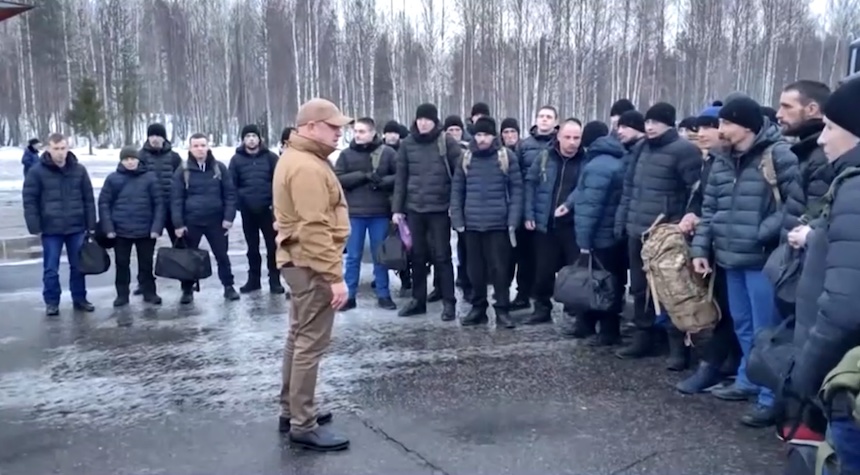A small area of land near the Russian border was filled with hundreds of graves of Ukrainian soldiers.
We found approximately 200 graves at the Krasnodar Bakinskaya village site. There were also three other nearby cemeteries. These names were found to match Russian court records, public databases, and social media accounts.
This report states that many of the men buried at Bakinskaya were prisoners recruited last summer by Wagner by Yevgeny Privozhin. They included murderers and contract killers as well as people with alcohol problems.
Wagner has been fighting for months in a war of attrition to capture Soledar and Bakhmut in Ukraine’s eastern Donetsk. Officials in Ukraine and the West claim that it is using prisoners to feed its cannons to overthrow Ukraine.
John Kirby, White House spokesperson for national security, described Wagner’s group in terms of “a criminal organization that perpetrates widespread atrocities” as well as “human rights violations.” John Kirby, White House national security spokesperson, asked Kirby to clarify the crime Wagner had committed.
The graveyard of Wagner fighters
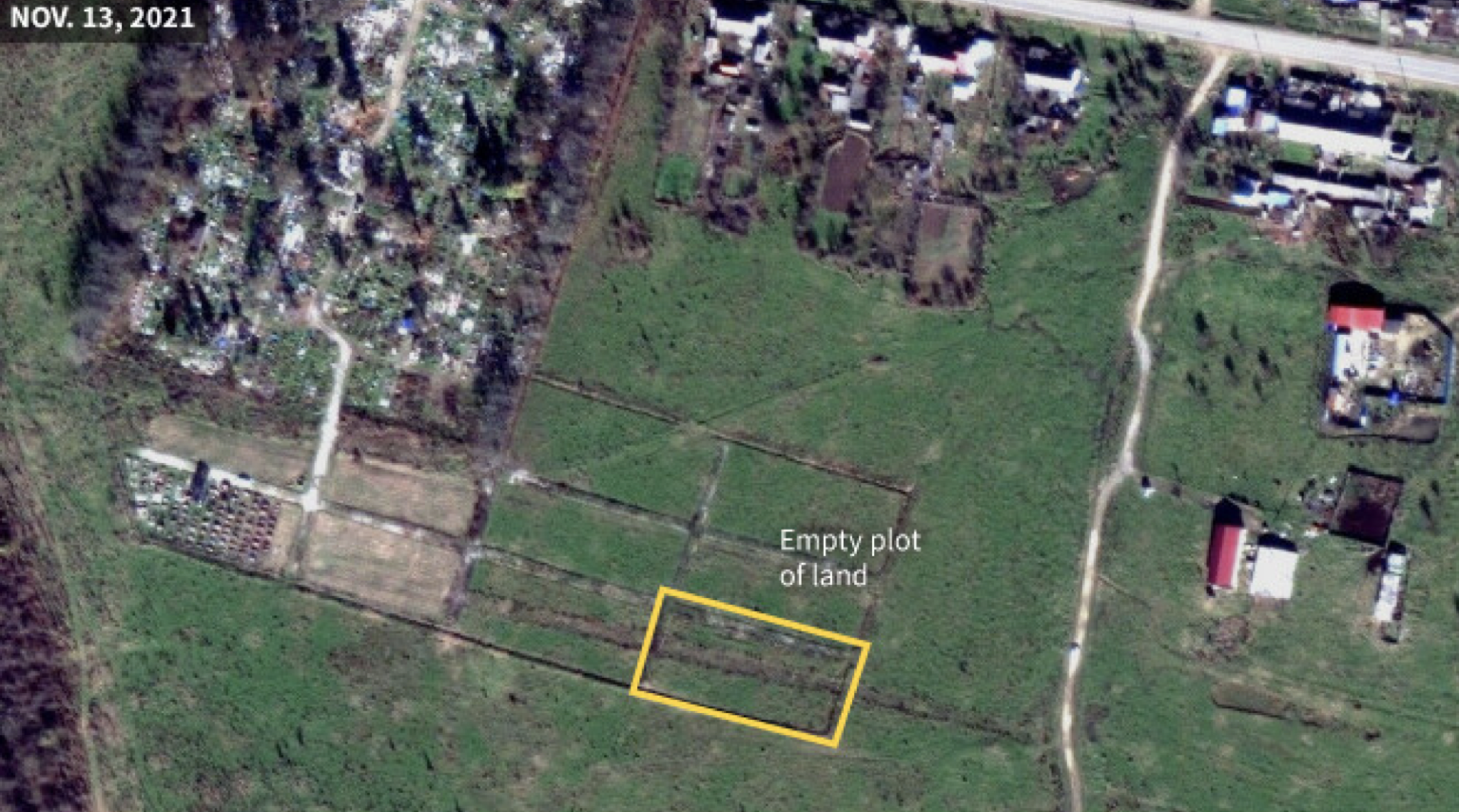
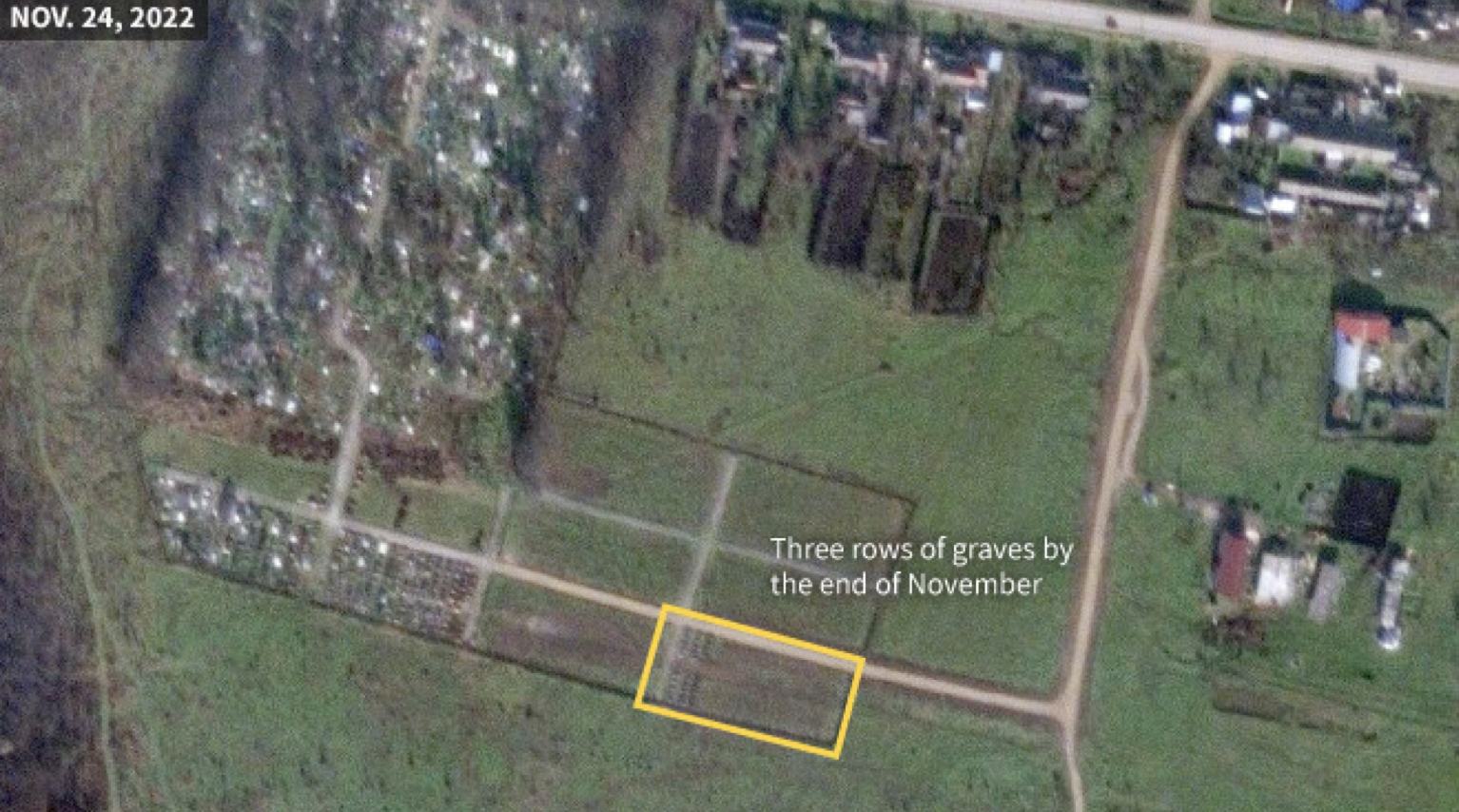
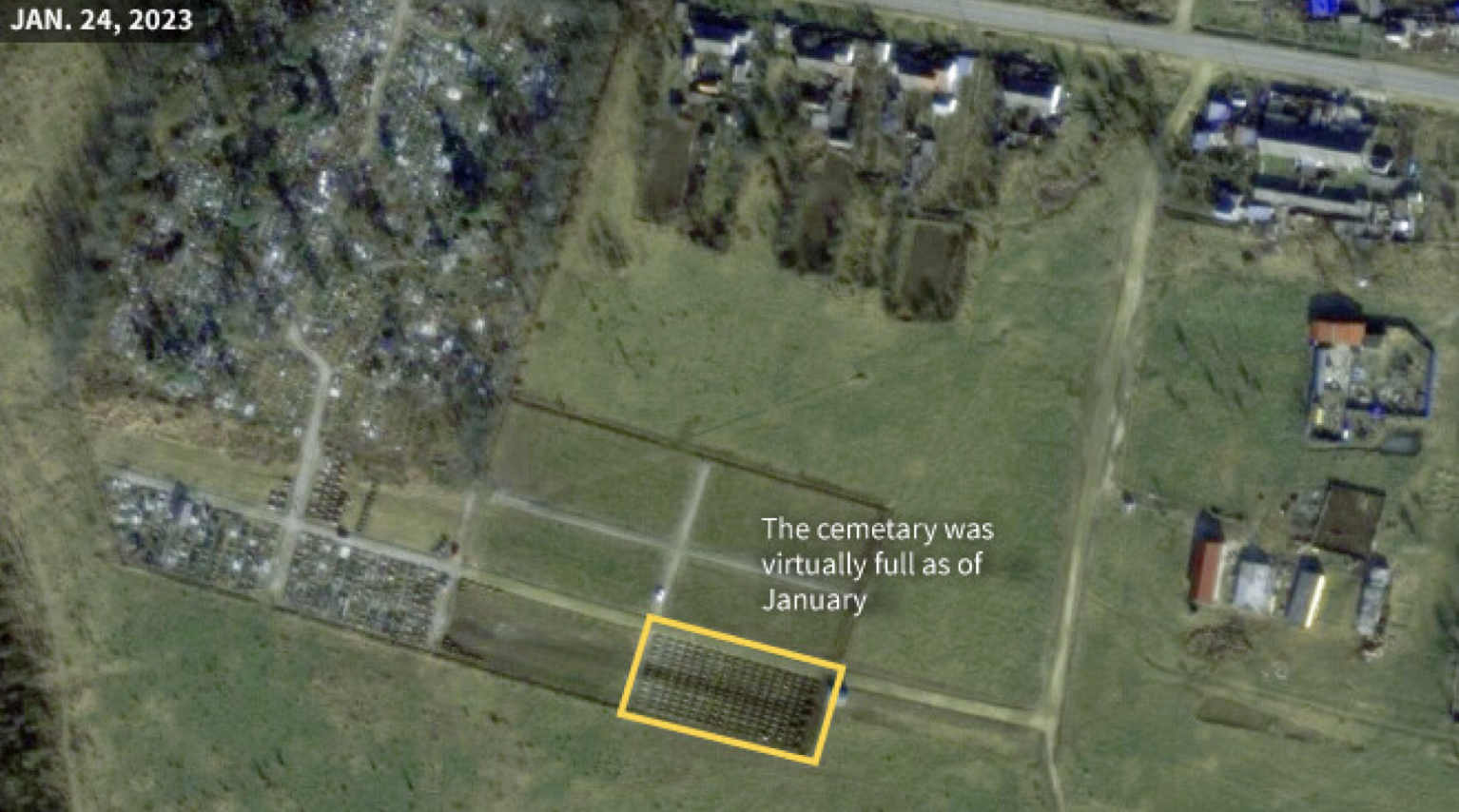
Videos and photos of the graves were posted on social media channels in Krasnodar in December. We also looked at satellite imagery from Maxar Technologies and Capella Space. These images showed that the Wagner plot was unoccupied during the summer. It was nearly full when it was empty in November.
Vitaly Votanovsky, a local activist, took the first photographs and documented the deaths in Ukraine. He also buried the soldiers in Krasnodar graveyards. In January, we visited the cemetery to see that security cameras were installed around the plot. Another burial was underway.
Russian state-owned media agency RIA Novosti released footage showing Prigozhin visiting the cemetery, crossing his arms, and placing flowers on one grave. Reuters reported that there was a Wagner training center in Molkino, approximately 5 miles (9km), from Bakinskaya.
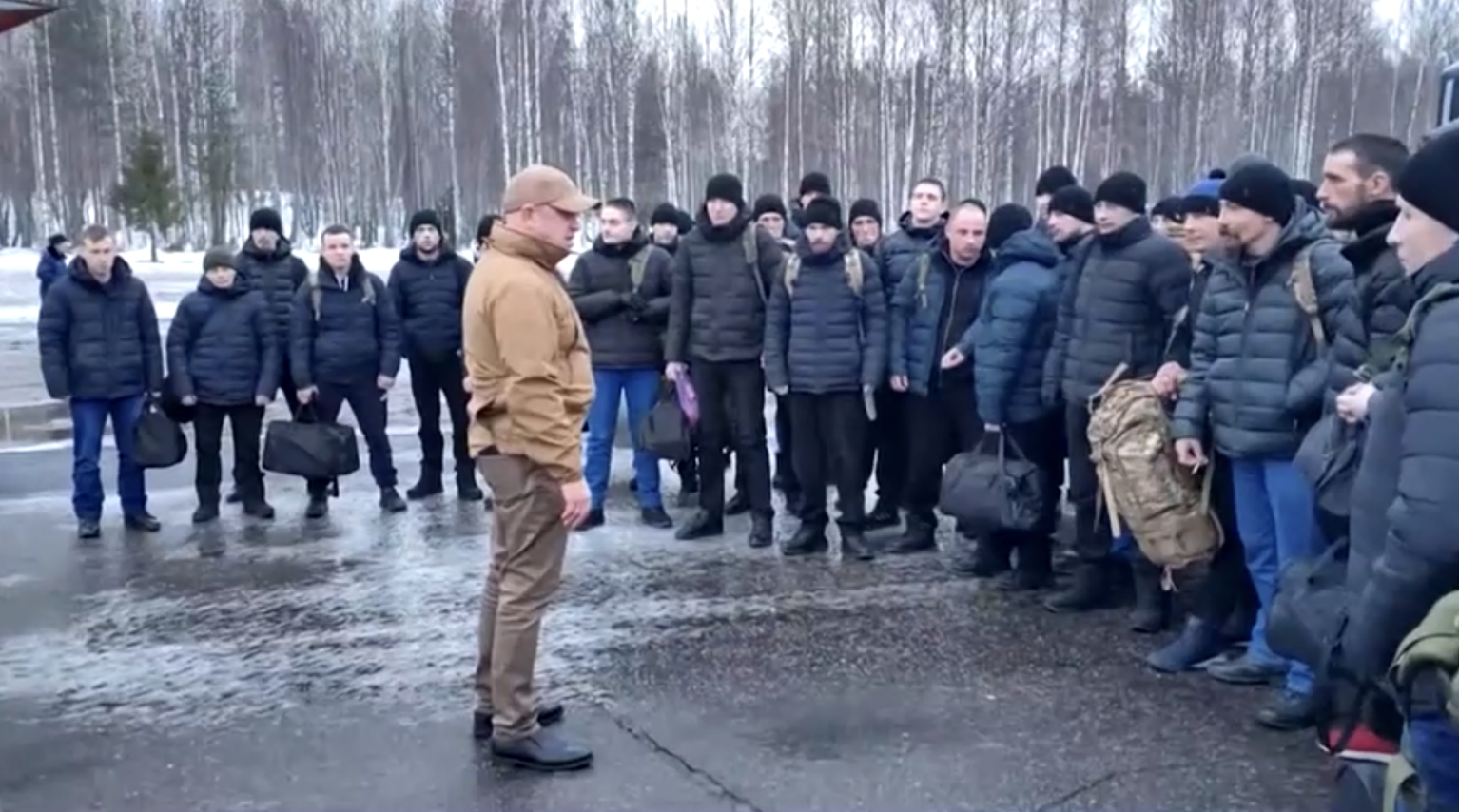
Of the 39 suspects, 10 were indicted for murder or manslaughter, 24 for robbery, and two for grievous bodily injuries. According to wooden markers placed at Bakinskaya and three other cemeteries, the men were killed during the Battle for Bakhmut.
Vadim Pushnya (one of the youngest) was buried at Martanskaya Cemetery. He was just 25 years old when he was sentenced in 2020 to 20 years in prison for his crimes of opening a Goryachiy Klyuch beer shop and burgling garages. This is near the Wagner chapel. Pushnya’s birthdate matches what he has on social media and in court records.
Fail Nabiev, the oldest, was currently serving one and a half years for burglary in Ivanovo’s Penal Colony No.
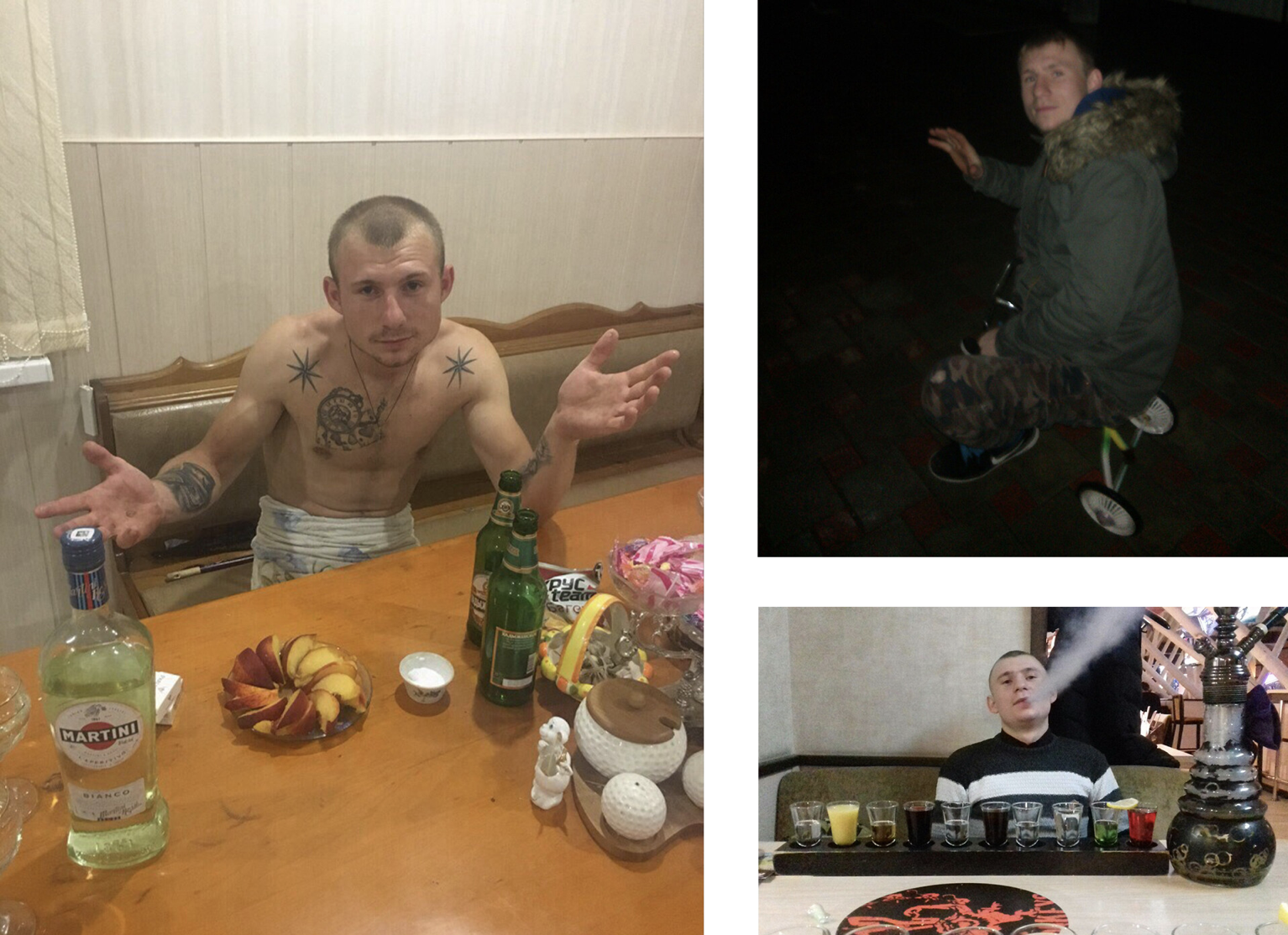
Olga Viktorova, Nabiev’s common-law wife, confirmed that Nabiev was killed in battle with Wagner while serving his sentence.
Viktorova stated, “Nabiev was a crazy person with great ideas. He thought he would make a quick trip to Ukraine to make some money. ”
The Kremlin, Russia’s Defence Ministry, or Russian prison authorities did not respond to this article. Wagner’s founder, Prigozhin, who also didn’t comment on the matter, stated that he offers convicts a “second chance” at life.
While we were unable to confirm the exact place of their deaths, the mother claimed that her son was killed in Donetsk. Other people have posted on social media that they believed the men had been in Ukraine prior to their deaths.
Since the beginning of Russia’s war in Ukraine, the previously secretive Wagner and founder Prigozhin have assumed an increasingly public profile. In the past, Wagner fighters have deployed to Syria, Libya and the Central African Republic in support of Russia’s allies. Prigozhin, known in Russia as “Putin’s chef” because of his Kremlin catering contracts, consistently denied any links to Wagner. Then, last September, he confirmed he founded the private army, which he described as a “group of patriots.”
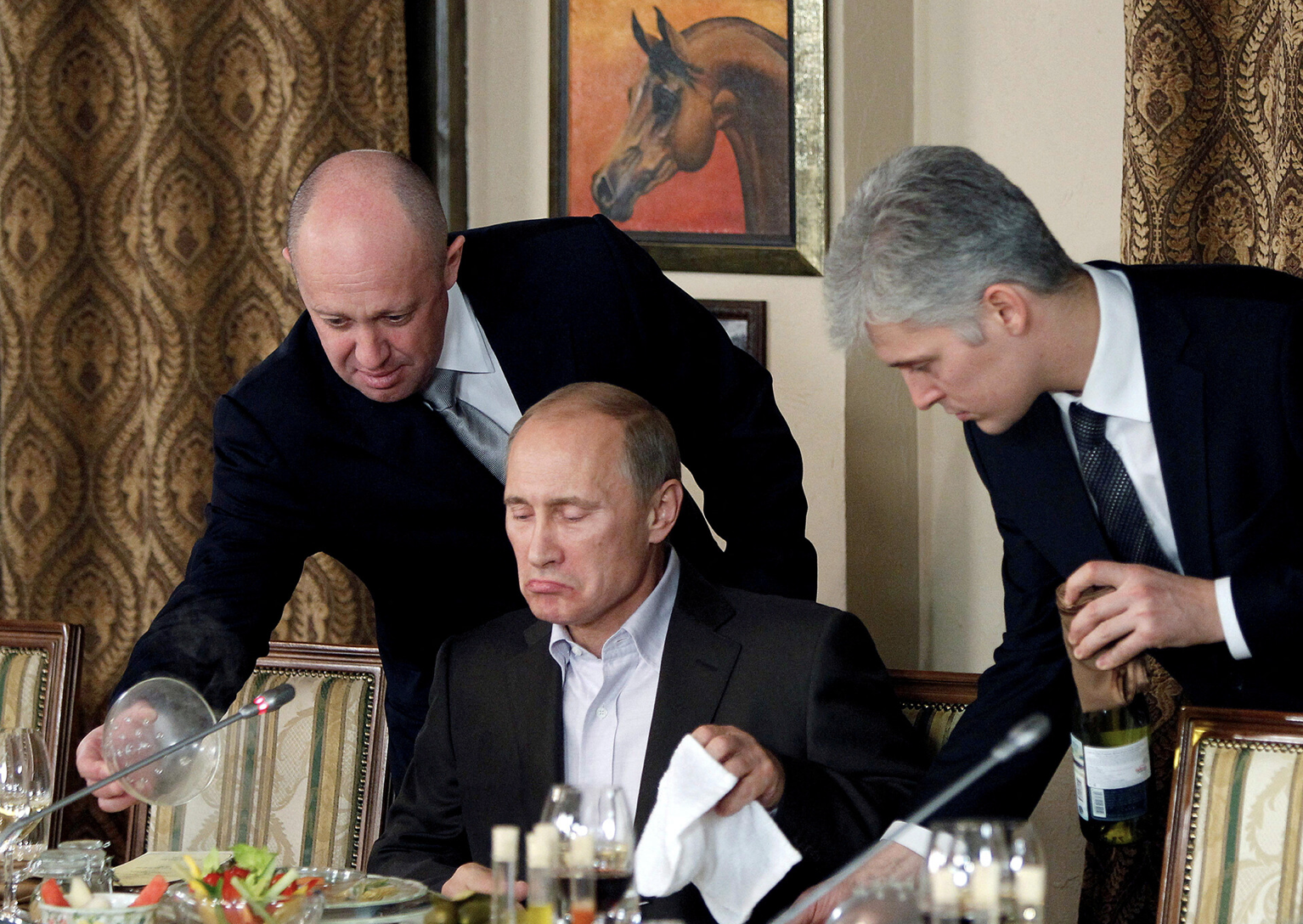
Since then, Prigozhin has repeatedly visited the frontlines in eastern Ukraine, while also criticizing Russia’s military leadership and some senior officials, and personally spearheading a drive to recruit fighters from Russia’s sprawling penal system.
According to a regular report published by the Russian Federal Penitentiary Service, Russia’s penal colony population decreased by about 8% from 353,210 in August to 324,906 in early November, the largest drop in more than a decade. The report gave no reasons for the sudden, sharp decline, which coincided with the beginning of Wagner’s prison recruitment push. The Federal Penitentiary Service did not reply to detailed questions for this article.
Last month, we reported that the U.S. intelligence community believes that Wagner had approximately 40,000 prisoner recruits deployed in Ukraine as of December, accounting for the vast majority of Wagner personnel in the country. Wagner has not commented on the figure or provided any information on fighter numbers. In a Jan. 14 video message, Prigozhin described Wagner as a fully independent force with its own aircraft, tanks, rockets, and artillery. It is “probably the most experienced army that exists in the world today,” he said.

